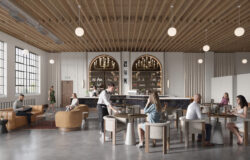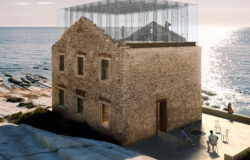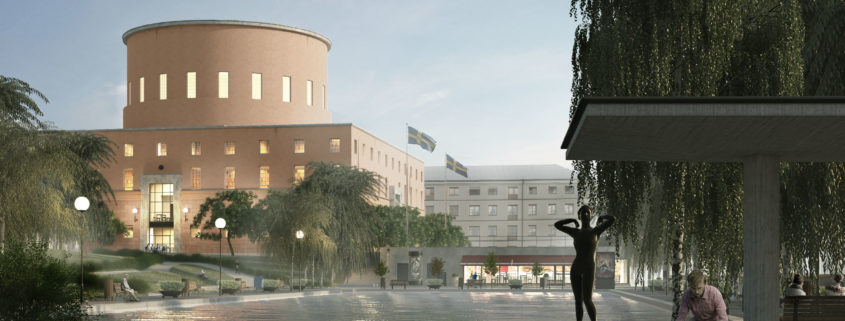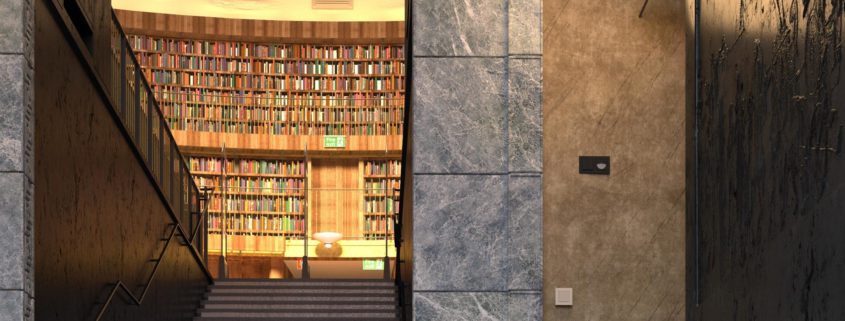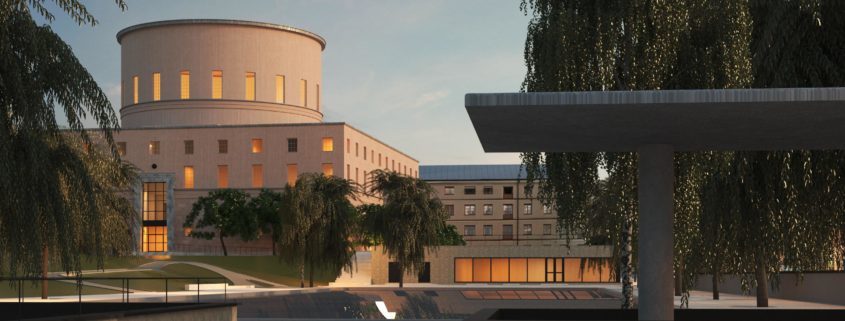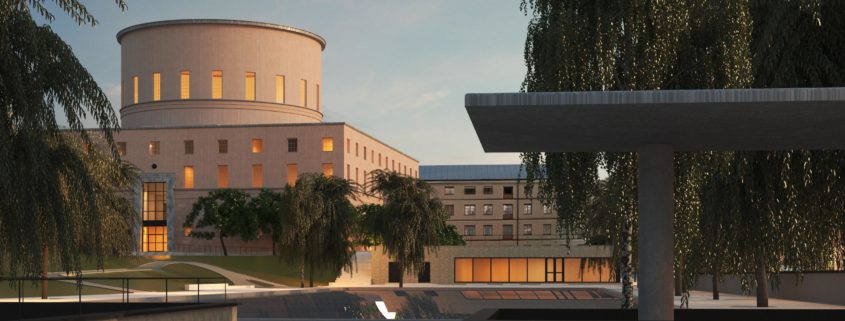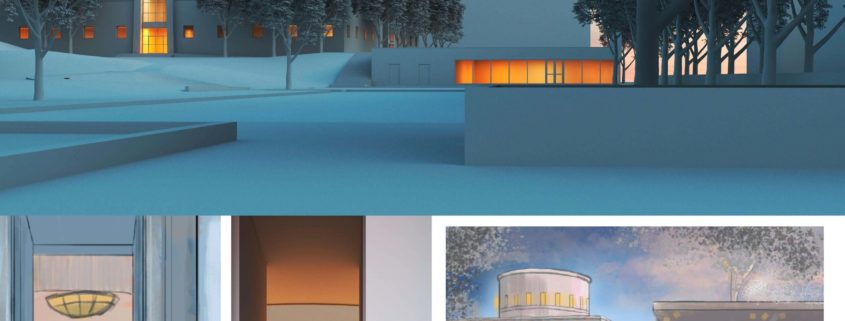Hi again! After the holidays, this process post will be about all the modeling that I’ve done so far. I’ve used 3 main softwares for this project: 3ds, GrowFx and Zbrush.
3ds MAX
Exterior and interior assets: Just did some urban props and the library’s custom furniture. I didn’t model everything: some of them come from 3dsky or evermotion.
GROWFX
This is the software I’ll use to make the main vegetation. There are two kinds of important trees in the scene: the willows near the water in the Observatorielundem, and the others in front of the library. I’m not sure exactly which species they are,but i’ll make them anyway.
First we need to capture the basic structure of the tree using vectors. After that, we define the meshes that will follow these paths, and give them a diameter. Calculating metameshes for doing the intersections takes a really long time, so I rarely do it, unless I need a tree for a closeup.
After that, I apply the textures, watching very closely that the color of the leaves matches the photo references that I have. Finally I add vertex color variation to the leaves to give the tree some life, so it doesn’t look plain.
Once I’m happy with the complete model, I just introduce another randome seed and I have a completely different tree but with the same structure I’ve designed. I make 4 different ones for each species to make the scene more natural.
ZBRUSH
I haven’t planned to use this software until I found this lady’s statue. She is an important part of my image composition, and I think it reinforces the neoclassical vibe of the hole architectural project. First, I lay down its proportions and pose using Zspheres. Once the scale is right, I calculate the mesh, and go down the sculpting process. I’ve used this software very sparingly, so I hope the result looks good.





